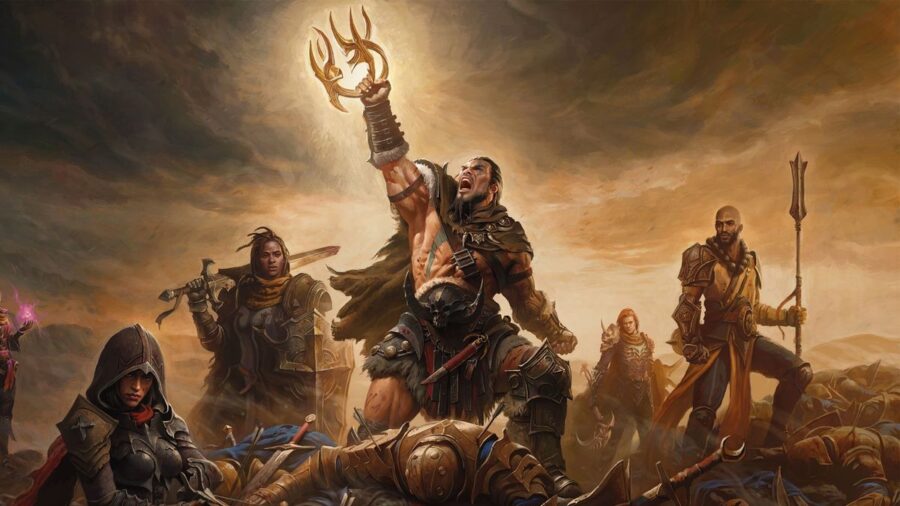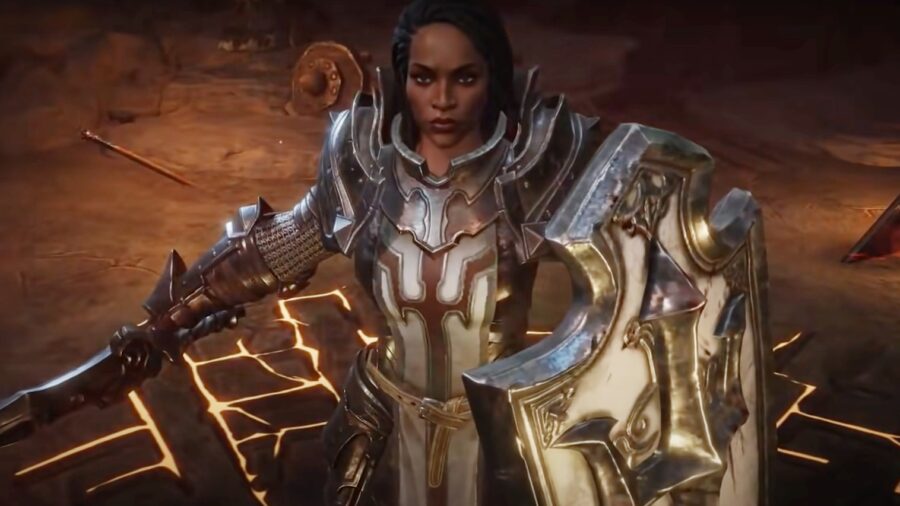Diablo Immortal Costs Over $100,000 To Play Correctly?
Well, that's a bit much.

“There ain’t no such thing as a free lunch” was a phrase that was in use by the 1930s and resulted from a formerly common practice in American bars of offering a “free lunch” to entice drinking customers. Well, a more contemporary version of that phrase would be “there ain’t no such thing as a free game,” because there isn’t — nearly all free-to-play games eventually enforce a pay-to-win mechanic that ensures steady progression enabled by microtransactions — Diablo Immortal, among them.
As seen from the Tweet above, Diablo Immortal microtransaction could end up costing players over $100,000 to max out their characters. The latest installment in the Diablo franchise, advertised as a free-to-play mobile video game, apparently uses manipulative and exploitative tactics to lure players into spending real-life currency in order to max out their characters. These tactics were employed by Blizzard, ensuring that the only way to gain access to some of the end-game item enhancements is purely through microtransactions, and even then, the success isn’t guaranteed.
To be more specific, if gamers want access to best-rated Legendary Gems, they have to complete Eler Rift dungeons with added modifiers, which are only available in a limited number each month. Unless you pay them with real money, after which they basically act as loot boxes that give gamers a random-ranked Legendary Gem, with only about 0.05% of obtaining the best-rated Gems. However, that’s not the end of it; the maximum potential of Legendary Gems, known as the Awakening Level, can only be obtained through $15 purchases from the in-game store. Not so free-to-play after all, huh?
Let’s not get our facts mixed up; Diablo Immortal is a free-to-play gaming title since it really doesn’t cost any money to obtain the rights to download and play its content. Anyone interested in playing the game could do so without spending a dime. This is actually a novelty from Blizzard, considering that all of their games, including the mainline Diablo, StarCraft 2, and World of Warcraft games, all have character-level limitations, meaning players can enjoy the game for as long as one of their characters doesn’t hit a specific level in the game.
Diablo Immortal isn’t like that — it’s actually worse. The game is entirely free to play, from the modest beginnings of post-character creation scrambling with the lowly in-game monsters to a very hard, nigh impenetrable paywall that requires gamers to pay real-life currency to pass and ascend to the heights of absolute end-game godhood. So, it would seem that when Blizzard said that there’s no way to acquire in-game character gear or rank by using money, that wasn’t accurate. It actually costs over $100,000 to fully upgrade the post-game character.
Well, gamers factually can’t use real money to buy in-game gear in Diablo Immortal, but (and there’s always a “but” with Blizzard), they can’t upgrade it to its maximum without acquiring enhancement items. Item enchantments are exclusively found in loot boxes or bought with premium in-game currency, which can only be obtained by spending real-life funds. So, to be entirely honest, anyone can play Diablo Immortal without paying a dime.
In fact, the players’ progression is pretty consistent and active throughout the game — until you reach level 35. After reaching 35, the game slows down and requires more tedious and mindless grinding to reach the maximum level of 60, which is still doable without spending money. Of course, a monetary shortcut would take you to 60 faster, offered in the in-game store. After hitting 60, you can still play without paying, but you’re unable to get the best gear possible without spending money on the aforementioned microtransactions.

Alas, it would seem that microtransactions and predatory monetization practices aren’t the points of contention here — Blizzard’s decision to make Diablo Immortal’s end-content exclusive to microtransaction is what’s wrong with the game. The gaming community ultimately doesn’t expect Blizzard to hand out their IPs for free, though it would be nice; what it expects is an equal chance for everyone. Blizzard, make the content obtainable through regular gaming, even with the abysmally small and negligible chances of success.
Otherwise, you’re discriminating against players who don’t want to play for an otherwise free-to-play game — even though such a thing doesn’t really exist. For those who find themselves interested in games and microtransactions, Diablo Immortal was pulled from “sales” in Belgium and the Netherlands due to microtransaction practices.












